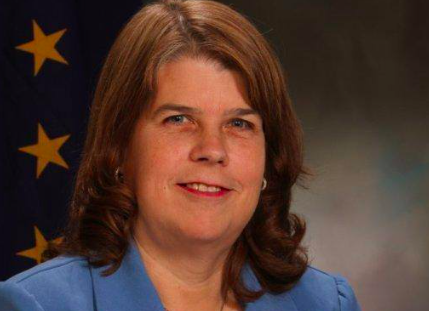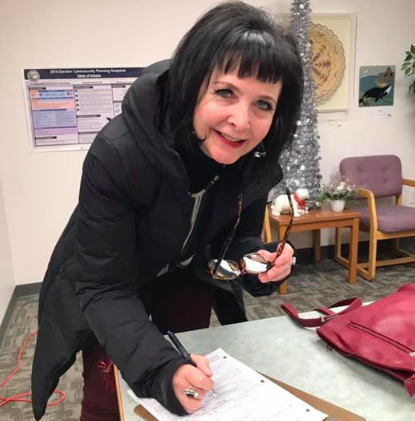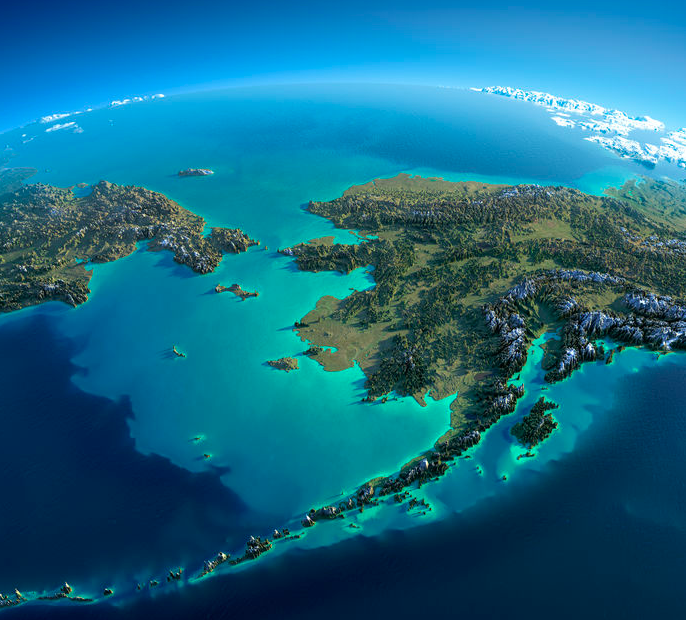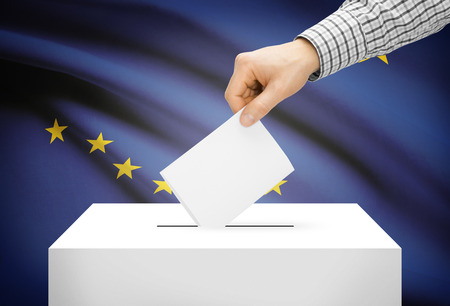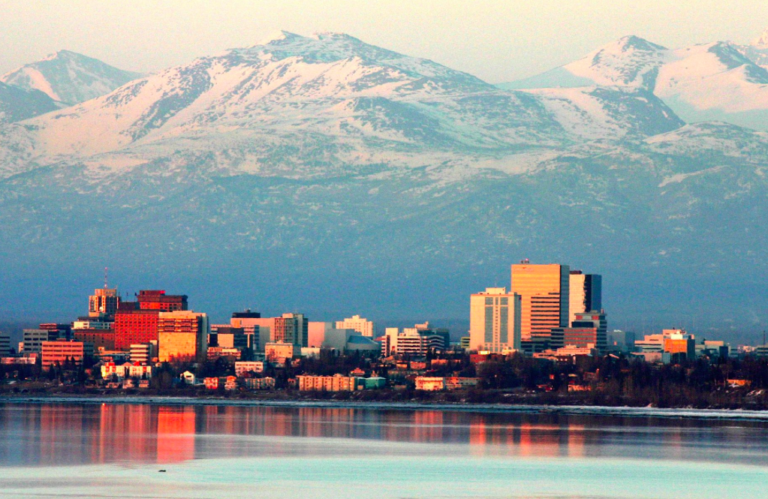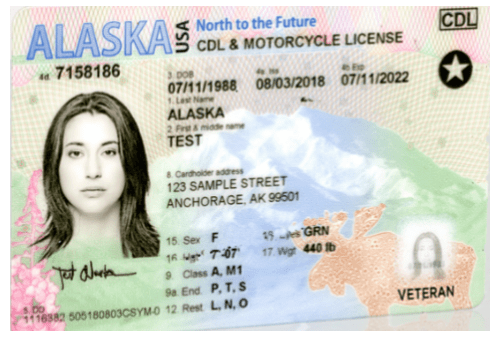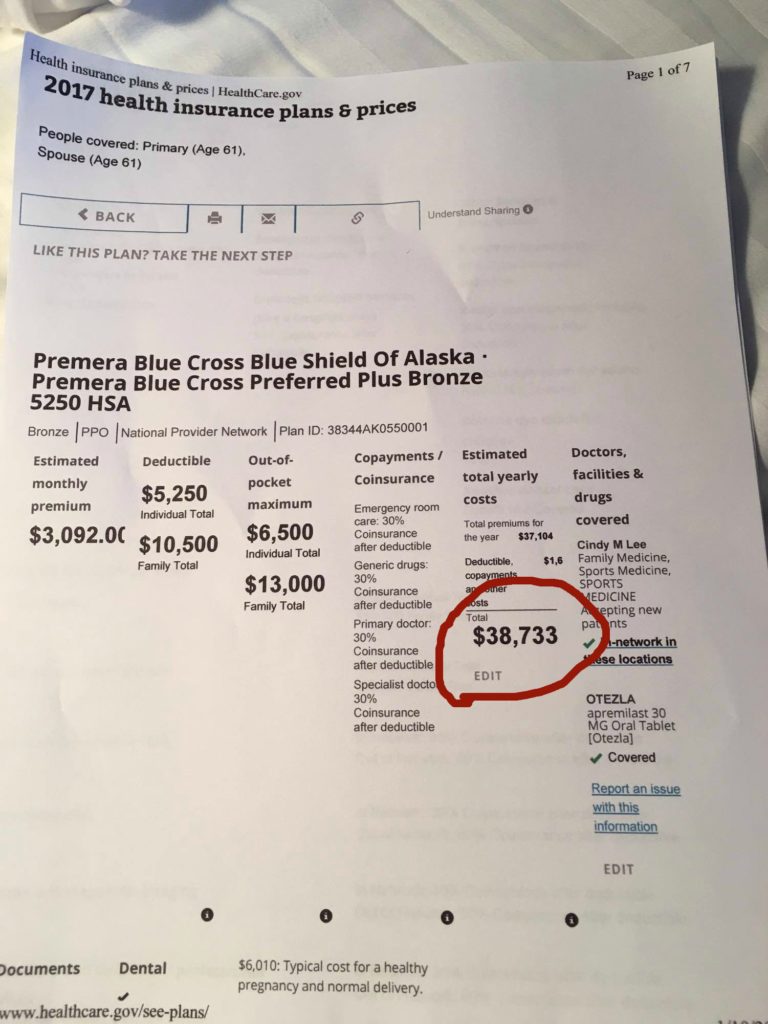ANALYSIS: NOT THE STATE’S JOB TO SPOON-FEED BUSH ALASKA
The 30 DMV offices around Alaska are busy issuing Real IDs to Alaskans who come through the door with their paperwork in order. The news media has taken note: Lines are long as the deadline of Oct. 1 approaches.
But Alaskans were warned long ago to get this task checked off their list. In fact, Alaska even received federal waiver in 2015 allowing the 49th state to delay implementation of Real ID until 2020. But the clock has run out.
[Read: Real ID: How to do it like a pro]
With a Real ID or a U.S. passport, you can get on a commercial airlines or into a federal building. Without one of those items, you’ll not get through the TSA gauntlet, but you can still drive with a regular driver’s license. You can still get on a small commuter plane. You just can’t get through TSA or into some federal facilities.
The smallest community with an Alaska DMV office may be Anderson, Alaska, population about 264. The largest is the DMV on Benson Blvd. in Anchorage, where there are multiple windows with helpful DMV workers ready to assist; people visit that office from all over the state.
But for some Democrat legislators, it’s not enough for the State to issue Real IDs in 30 hub communities. They want more.
They demand the State of Alaska to go from village to village and ensure that everyone has a Real ID so they’ll be able to travel on commercial airlines.
That is, perhaps, the only real need for a Real ID. In fact, people can travel with a passport, also considered “real ID.” They can also use a passport for getting into other federal facilities.
The Department of Administration would be happy to comply with the demands of rural legislators — if someone wants to pay for it. Alas, there’s no line item in the budget for circuit riders carrying Real ID machines around the Bush, in spite of the fact that Rep. Neal Foster is the co-chair of Finance, and his region has plenty of remote communities. He never funded it. Yet now he and Rep. Tiffany Zulkosky demand it.
DMV may have great customer service, but providing door-to-door assistance to every eligible person from Little Diomede to Stony River should not be one of those services. It would represent an absurd level of expectation for the more than 130 communities that don’t have a DMV.
Think of this: A DMV employee might need to visit a community such as Napakiak multiple times just to ensure most people are served. They might have to bring a translator to St. Paul or Point Hope. Residents might be frustrated because they don’t have the proper documentation during a DMV visit. Getting that documentation could take them a few weeks.
Additionally, people come and go from villages seasonally. They head to Fairbanks for the winter, and to fish camp for the summer. They hunt in the fall. They travel to Anchorage for their medical appointments and shopping.
Machines would break in transit. Workers would get weathered in. Translators would be unavailable due to sickness, travel, or simply because.
The cost-benefit simply does not pencil.
If funded through the normal budgeting process, this DMV concierge service could become impossible to remove as a line item in the future.
Why? Because Real ID is not a one-time event. It’s forever. Every generation that comes of age will need to get a Real ID in order to travel on commercial airlines or enter federal facilities. And that means all youth today will have to go through the process. Thousands will need to do so every year in hundreds of non-DMV communities.
Conservatives say it’s the responsibility of the individual, living wherever they are in Alaska, to use their trips to the hub communities for their dental work and medical appointments to take the time to apply for their Real IDs. It’s not the government’s job to bring a machine to their front porch to help them accomplish this mandate from the federal government.
Since the Department of Administration doesn’t have the money to go to each and every village, an initiative of this type would require partnership with an outside funder who has an interest in the Real ID project.
Who would be interested in such an initiative? This is a job for the Rasmuson Foundation or Alaska Federation of Natives to take on. Rasmuson or AFN, which already work hand-in-hand to oppose the Dunleavy Administration, could provide the translators, and ensure the safety of the traveling State worker who would land in remote villages without protection. The organizations can pay for the repair of the equipment that breaks in transit. They can pay the overtime for the worker and the benefits package. They can pay for the do-overs and the fly-overs.
The Rasmuson Foundation partnered with the State in creating Pick.Click.Give., to encourage Alaskans to be more charitable. It worked and the program is thriving since being established in 2008.
If getting rural Alaskans their Real ID is mission critical (this kind of handholding is done nowhere else in the country), then it’s a valuable project for the foundation or AFN to take on.
If not Rasmuson or AFN, then Tanana Chiefs, Village Corporations, or Native Corporations are appropriate organizations to guide their communities and shareholders in taking responsibility for themselves. Nobody should be caught flat-footed in October without proper ID.
But if no one steps up to take on the initiative, the State Department of Administration should stand down before it takes a schuss down that slippery slope.
